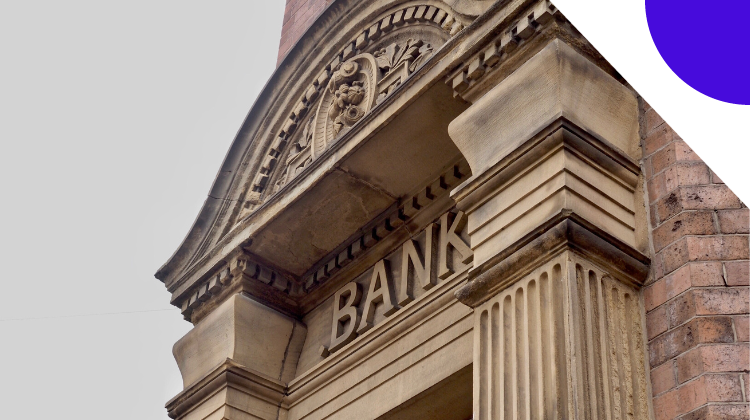Facing the new normal: How BaaS players can meet rising industry standards and still maintain strong relationships
- How can financial industry participants rethink their strategies to manage risk and compliance effectively while maintaining healthy relationships in the BaaS ecosystem?
- Industry experts weigh in on whether this is the right moment for FIs to become partner banks, how businesses can choose the right BaaS provider, and how providers can deliver satisfactory BaaS services.

2023 was a deeply challenging year for the banking sector, with the failure of three regional banks casting long shadows that are still felt today. The first half of 2024 has been just as challenging for the fledgling Banking-as-a-Service (BaaS) sector, which was only beginning its journey toward maturity.
The May 2024 collapse of the BaaS fintech Synapse impacted nearly 10 million consumers in different ways including frozen funds for many end customers. This incident also sparked a debate over whether such failures are inherent to the BaaS model or preventable. Amid all the finger-pointing between banks and fintechs, their partnerships are now facing more scrutiny than ever before.
So, how can participants rethink their strategies to manage risk and compliance effectively while maintaining healthy relationships in the BaaS ecosystem?
The dos and don’ts in the new BaaS landscape
Sheetal Parikh, General Counsel and Chief Compliance Officer at Treasury Prime, believes that banks, in particular, must maintain a clear understanding of their customers at all times and assume full responsibility for compliance.
“Regulators care about protecting consumers and businesses, and banks have a responsibility to make sure they’re being careful – it’s a generally risk-averse culture for good reason,” Parikh said.
Fintechs are not off the hook for their obligations, either. They can ask probing questions to evaluate a sponsor bank’s true capacity to support its fintech partners, ensuring both sides are in sync on their key priorities.
Renata Caine, SVP and General Manager of BaaS at Green Dot, asserts that compliance and risk management are now paramount in bank-fintech partnerships. She believes that the failure of Synapse and other similar failures are driving both banks and fintechs to prioritize these areas, especially as regulators ramp up their oversight of providers.



